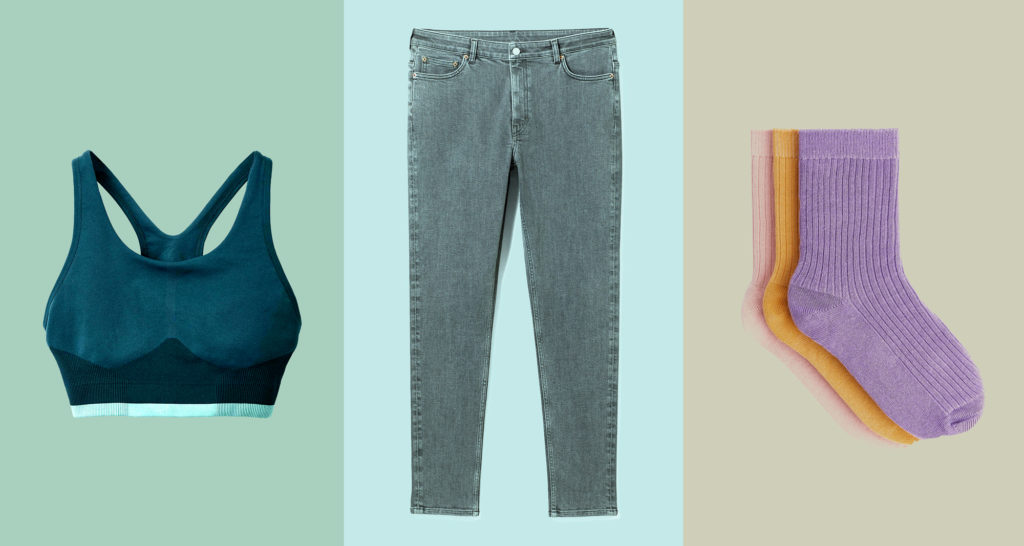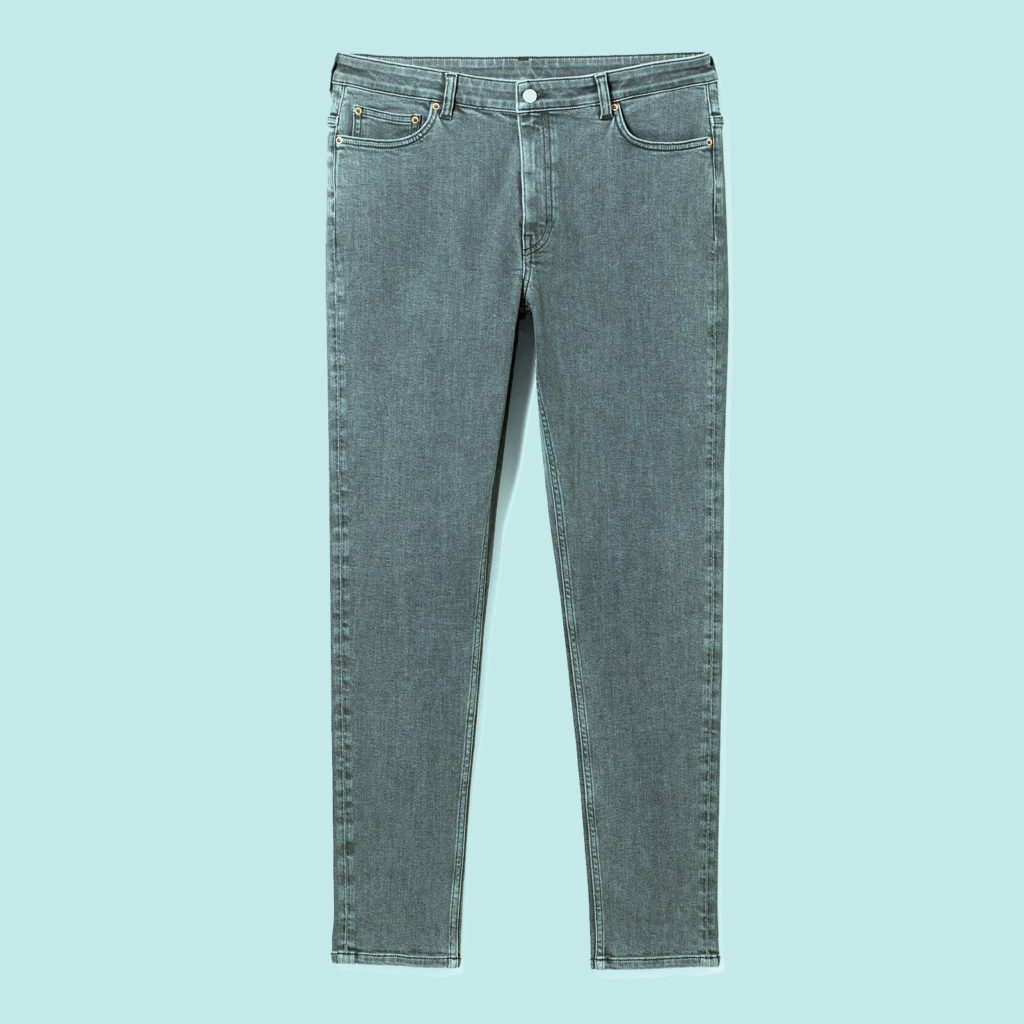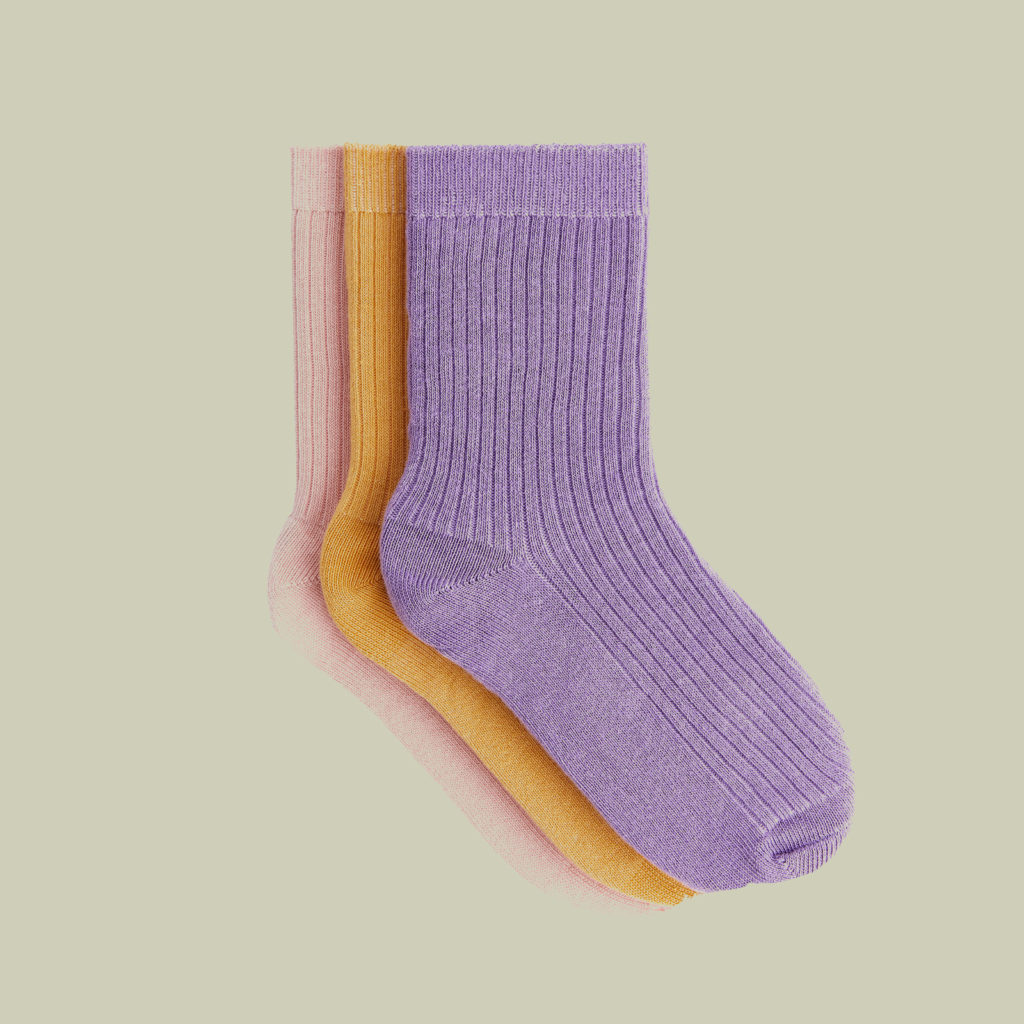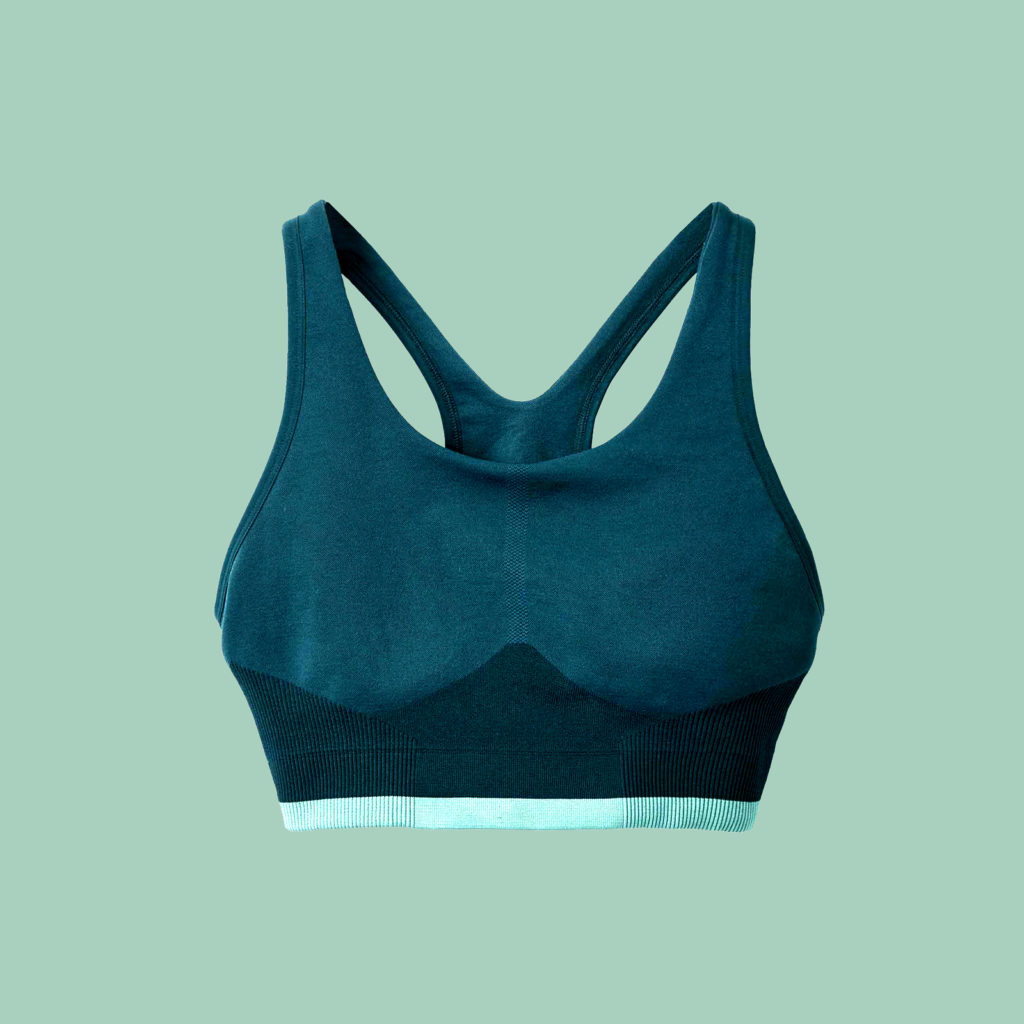Clothes are made from all kinds of fibres. Some come from plants, some are synthetic and others fall somewhere in between. It’s like a menu of ingredients we can choose from to make garments that are sustainable, comfortable and functional.
Why sustainable fashion needs a variety of fibres

Natural vs. Synthetic
There’s a common myth that natural fibres are better for the environment because they are natural. But as with most things in life, it’s not that simple. Every fibre impacts the environment, whether it’s natural or synthetic. For example, conventional cotton needs a lot of water, wool uses a lot of land and traditional synthetics are made from fossil fuels. And all of them shed microfibres that persist in the environment, not just synthetics as widely believed.
Just like when you’re devising a recipe, you need to find a balance. Each fibre has its own qualities and for every piece of clothing we design at H&M Group, we make conscious decisions about which fibres we use based on environmental impact, durability, functionality, fit and recyclability. Because to be sustainable, clothing needs to be used more, last longer and not be thrown away.
Natural fibres
Natural fibres come from plants and animals, i.e. cotton, wool, silk, linen and bamboo.
Synthetic fibres
Synthetics are made from chemical compounds, i.e. polyester, elastane, polyamide and acrylic.
Regenerated cellulosic fibres
These are made from dissolved pulp, mainly produced from wood i.e. viscose, lyocell and modal.

Jeans – the ultimate wardrobe staple
To explain, let’s start with a pair of jeans. These stalwarts of fashion have stood the test of time to become a wardrobe staple. Boyfriend, skinny, mom – there’s a fit and a style for everyone. Originally designed as workwear for miners, they were made of cotton because of its durability.
The problem is that pure cotton fabric is stiff. There’s no give and it can be scratchy against the skin. Imagine trying to pull on a pair of skinnies that don’t stretch. Adding just a couple of percent of elastane softens up the denim making it much more comfortable to put on and wear.

Socks – the wardrobe workhorse
Now let’s take a look at socks. If you live in a cold climate, you probably have a drawer full. We’ve got pairs for every occasion – sports, winter, work, non-slip, slipper and lots, lots more. Socks not only keep our feet at the right temperature but also cushion and protect our skin.
Single fibre socks like wool or cotton can be good for temperature regulation, but they wear quickly. Before long, your toes are peeking out one end and your heel the other. Combining natural fibres with a little synthetic makes a longer-lasting sock, leaving your feet fresh and covered up.

Sportswear – the functional wardrobe
Our final example is exercise clothing. Early sportswear was made from wool or cotton but when natural fibres get wet, they stay wet. And when you’re pounding the streets heading for a PB the last thing you want is cold fabric clinging to your body.
Synthetics outperform natural fibres for sportswear every time. Their unique qualities mean they wick away moisture so your sweat evaporates back into the air and you can concentrate on hitting that time.
Using a fibre mix
We need a mix of natural and synthetic fibres to create clothes that last and that people want to wear again and again. Because it’s not in the least bit sustainable if your socks get holes after three weeks or your jeans never get worn because they’re too tight around your middle.
Recycling mixed fibres
We know that mixed fibres are currently difficult, though not impossible, to recycle and retain good enough quality to be made into new fabrics. But rather than stop using them and make clothing that doesn’t meet our customers’ expectations, we are working with our partners and investing in new technologies to make this possible. Read about Looop and Green Machine, two ways we are recycling used clothing.
How we work with materials at H&M Group
At H&M Group, we’ve set ourselves the target to only use recycled or other sustainably sourced materials by 2030. To help us get there we have a whole team of people researching and sourcing the most environmentally and socially friendly fibres. Find out more about how we work with materials here.